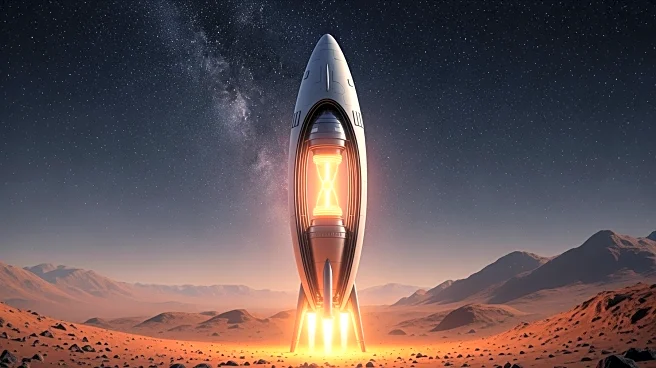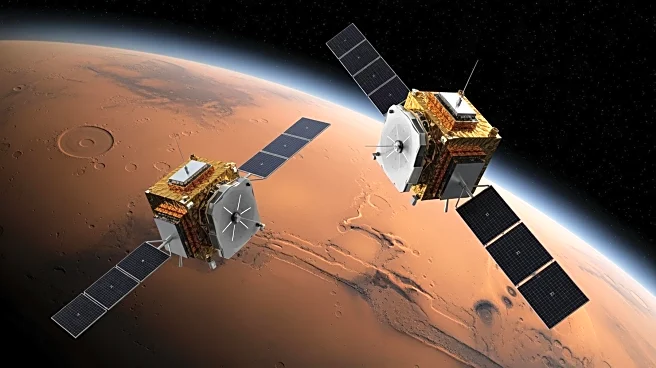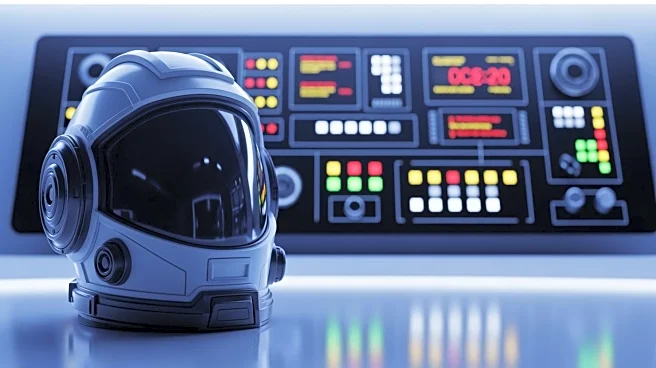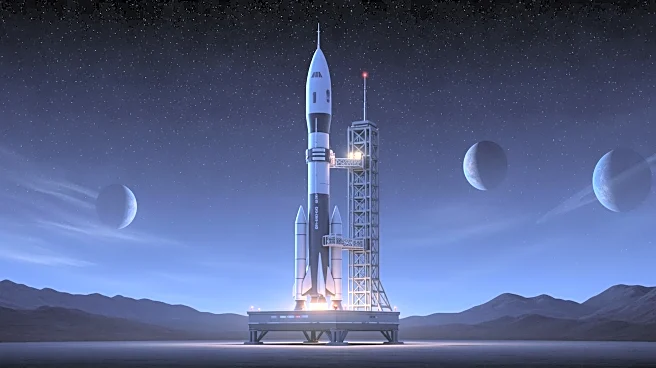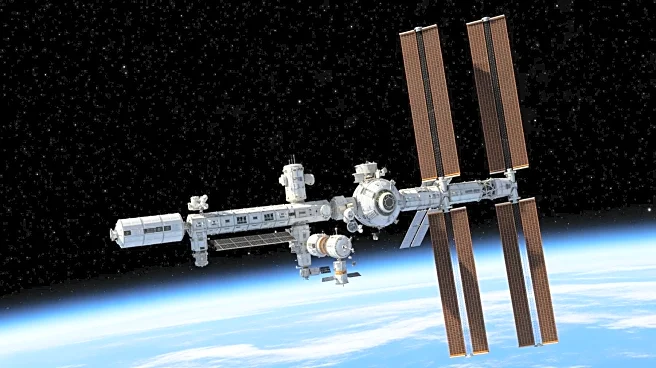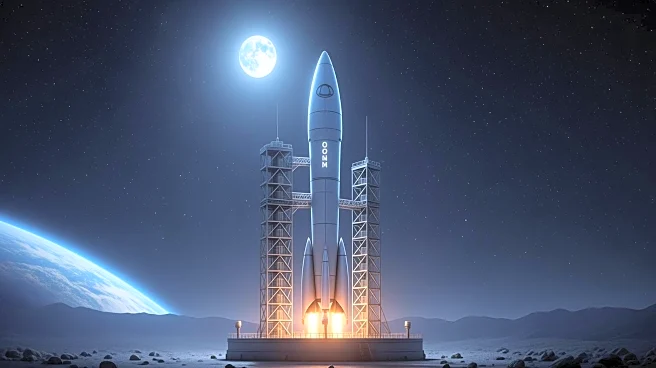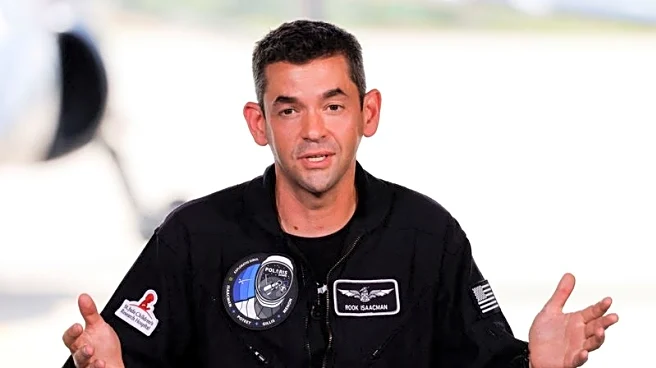What's Happening?
A new concept in space travel, the centrifugal nuclear thermal rocket (CNTR), could significantly reduce the time it takes to reach Mars. Developed through a NASA-funded study led by Dean Wang of Ohio
State University, the CNTR uses liquid uranium fuel in a rotating cylinder to generate heat and thrust. This design could cut travel time to Mars from three years to just 420 days. The CNTR aims to double the efficiency of earlier nuclear thermal designs and quadruple the thrust of chemical rockets, potentially opening new routes to Mars and beyond.
Why It's Important?
The development of nuclear propulsion technology represents a major advancement in space exploration, offering faster and safer travel to distant planets. By reducing travel time, astronauts would face less exposure to cosmic radiation, improving safety on long-duration missions. The increased efficiency and reduced fuel requirements could make space travel more sustainable and economically viable, potentially accelerating human exploration of the solar system. This breakthrough could also inspire further innovation in space technology and exploration strategies.
What's Next?
The CNTR technology is currently in the theoretical design phase, with hopes of achieving engineering readiness within five years. If successful, mid-century missions could see nuclear-powered spacecraft routinely traveling through the solar system. Continued research and development will be crucial in overcoming technical challenges and ensuring the safety and reliability of nuclear propulsion systems. The potential for nuclear rockets to transform space travel could lead to increased investment and collaboration in the aerospace industry.
